Isaac Martín de Diego
The Role of XAI in Transforming Aeronautics and Aerospace Systems
Dec 23, 2024Abstract:Recent advancements in Artificial Intelligence (AI) have transformed decision-making in aeronautics and aerospace. These advancements in AI have brought with them the need to understand the reasons behind the predictions generated by AI systems and models, particularly by professionals in these sectors. In this context, the emergence of eXplainable Artificial Intelligence (XAI) has helped bridge the gap between professionals in the aeronautical and aerospace sectors and the AI systems and models they work with. For this reason, this paper provides a review of the concept of XAI is carried out defining the term and the objectives it aims to achieve. Additionally, the paper discusses the types of models defined within it and the properties these models must fulfill to be considered transparent, as well as the post-hoc techniques used to understand AI systems and models after their training. Finally, various application areas within the aeronautical and aerospace sectors will be presented, highlighting how XAI is used in these fields to help professionals understand the functioning of AI systems and models.
Advancing Forest Fire Prevention: Deep Reinforcement Learning for Effective Firebreak Placement
Apr 12, 2024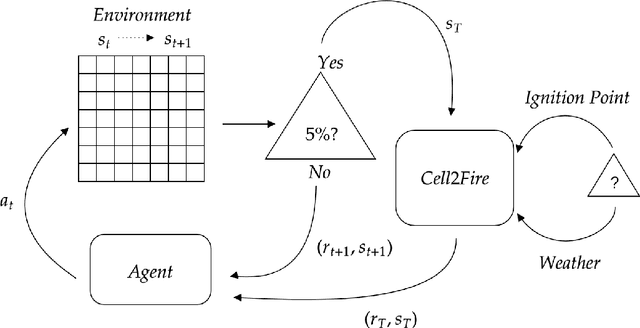
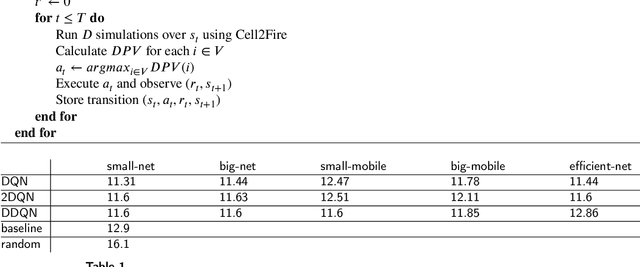
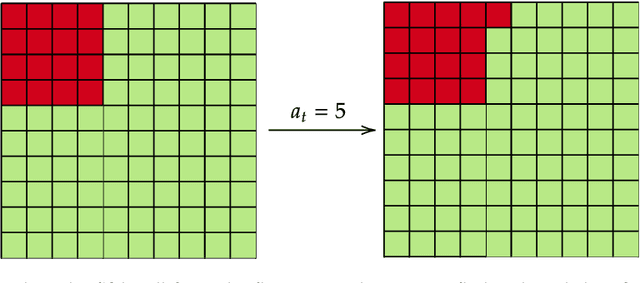

Abstract:Over the past decades, the increase in both frequency and intensity of large-scale wildfires due to climate change has emerged as a significant natural threat. The pressing need to design resilient landscapes capable of withstanding such disasters has become paramount, requiring the development of advanced decision-support tools. Existing methodologies, including Mixed Integer Programming, Stochastic Optimization, and Network Theory, have proven effective but are hindered by computational demands, limiting their applicability. In response to this challenge, we propose using artificial intelligence techniques, specifically Deep Reinforcement Learning, to address the complex problem of firebreak placement in the landscape. We employ value-function based approaches like Deep Q-Learning, Double Deep Q-Learning, and Dueling Double Deep Q-Learning. Utilizing the Cell2Fire fire spread simulator combined with Convolutional Neural Networks, we have successfully implemented a computational agent capable of learning firebreak locations within a forest environment, achieving good results. Furthermore, we incorporate a pre-training loop, initially teaching our agent to mimic a heuristic-based algorithm and observe that it consistently exceeds the performance of these solutions. Our findings underscore the immense potential of Deep Reinforcement Learning for operational research challenges, especially in fire prevention. Our approach demonstrates convergence with highly favorable results in problem instances as large as 40 x 40 cells, marking a significant milestone in applying Reinforcement Learning to this critical issue. To the best of our knowledge, this study represents a pioneering effort in using Reinforcement Learning to address the aforementioned problem, offering promising perspectives in fire prevention and landscape management
Unconventional application of k-means for distributed approximate similarity search
Aug 04, 2022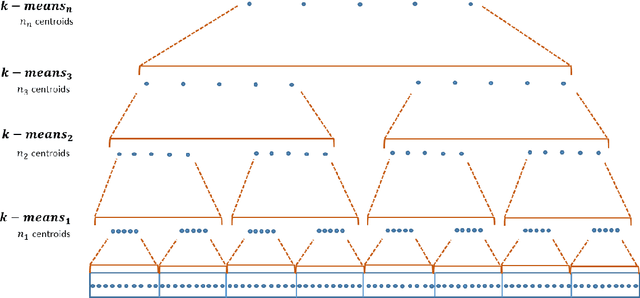
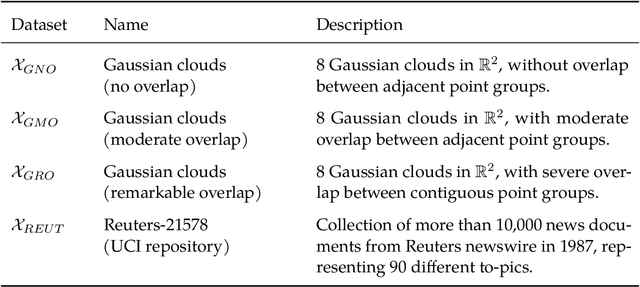
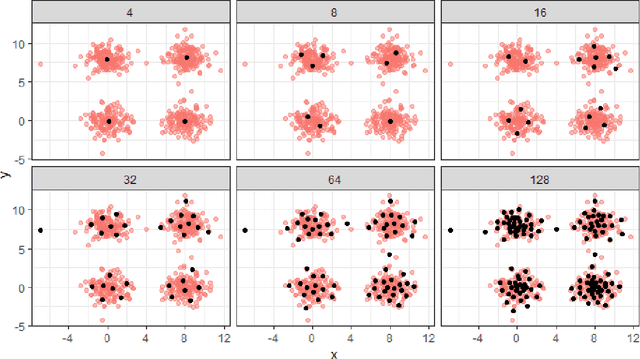

Abstract:Similarity search based on a distance function in metric spaces is a fundamental problem for many applications. Queries for similar objects lead to the well-known machine learning task of nearest-neighbours identification. Many data indexing strategies, collectively known as Metric Access Methods (MAM), have been proposed to speed up queries for similar elements in this context. Moreover, since exact approaches to solve similarity queries can be complex and time-consuming, alternative options have appeared to reduce query execution time, such as returning approximate results or resorting to distributed computing platforms. In this paper, we introduce MASK (Multilevel Approximate Similarity search with $k$-means), an unconventional application of the $k$-means algorithm as the foundation of a multilevel index structure for approximate similarity search, suitable for metric spaces. We show that inherent properties of $k$-means, like representing high-density data areas with fewer prototypes, can be leveraged for this purpose. An implementation of this new indexing method is evaluated, using a synthetic dataset and a real-world dataset in a high-dimensional and high-sparsity space. Results are promising and underpin the applicability of this novel indexing method in multiple domains.
 Add to Chrome
Add to Chrome Add to Firefox
Add to Firefox Add to Edge
Add to Edge